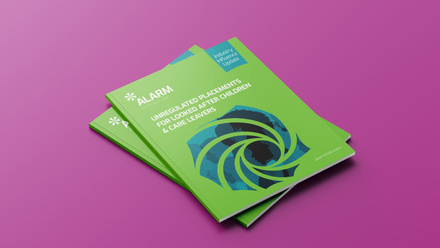Up until about 20 years ago, a claimant would have great difficulty claiming that a council was vicariously liable for sexual assault. Back then the courts would ask whether the assault was committed ‘in the course of employment’. Invariably the assault would be the polar opposite of what the individual was meant to be doing in their job. The court would answer its question with a ‘no’, and the claim would fail.
All that changed in 2001, when a new two stage test emerged, and a claimant needed to get over two hurdles. First of all, the relationship between the wrongdoer and the defendant needed to be the type of relationship where vicarious liability was possible; and second, there needed to be a close connection between the wrongdoer’s role for the defendant and the wrongful act.
Many claimants negotiated these two hurdles successfully. If the assault was by someone either employed by the defendant or in a close relationship that was ‘akin to employment’, it occurred in the workplace during working hours, and the perpetrator only encountered the victim through the role, that would be enough. Many successful vicarious liability claims followed.
Given the recent Supreme Court’s view, two cases, coincidentally with similar facts involving volunteer football scouts, indicate how a more restrictive approach may affect abuse cases.
The judgments
The two cases are DSN v Blackpool Football Club Ltd 2021 and TVZ & Others v Manchester City Football Club 2002.
Both involved wrongdoers who were volunteer football scouts for football clubs. It was not disputed that they both sexually abused boys they met through this role. Instead, the focus was on the precise nature of the relationship between the scout and the club.
The claimants stressed how important scouts are for clubs. For all but the very biggest clubs, the sale of a star player who as a local boy was spotted by the club’s scouts, and then taken on and developed by the club, can make all the difference to a club’s finances. Both scouts were highly valued by the clubs and were given unlimited access to club facilities. Both clubs were happy for the scouts’ association with them to be known widely.
However, that was not enough for liability to be established. The courts placed more emphasis on the lack of control of the scouts by the clubs. The clubs did not tell the scouts what to do, or how to do it. There were no appraisals, and no performance-related rewards. For this reason, the role of volunteer scout was not ‘akin to employment’ and both claims failed to get over the first hurdle.
The TVZ claim failed to get over the second hurdle too. The abuse occurred in the scout’s home and on football trips. The scout duped the parents of the boys into believing that these visits to his home and the residential football trips were all official club activity, but they were not. The club never contemplated this was happening.
In an echo of the old ‘course of employment’ test, the Court said it was not ‘an inherent part of the job’ as a volunteer scout to have the children visit his home or to organise residential trips. The Court contrasted the scout’s role with that of a teacher at a residential school, who is responsible for the welfare of children in the school’s care for 24 hours a day, and who lives in the same premises as the children in order to do their job.
Lessons to be learnt
These two cases do not herald the end of vicarious liability cases. However, they do indicate the issues that councils should focus on when assessing claims in the future.
Key questions
First hurdle – whether it is the right sort of relationship:
-
If the council does not employ the individual, how much control do they have over the individual? Do they tell them what to do, and how to do it?
-
Is performance supervised, and assessed?
-
Can the individual refuse to carry out tasks, and can they end the relationship whenever they want?
-
Does the individual run their own business, and provide their services to others as well as the council?
Second hurdle – whether there is a sufficiently close connection:
-
To what extent does the individual have responsibility for the child’s care and welfare?
-
Does the role place the individual in a position of authority over the child?
-
To what extent do the timing and location of the assault fall outside the performance of the role?
-
Could the individual perform their role without having one on one contact with the child?



